Up Next

The current proposal to impose a driver salary cap in Formula 1 highlights an interesting point.
The common perception is that F1 is totally car-dominated and that the drivers – because they are uniformly of a high standard – cannot make that much of a difference.
If the gap between the fastest car and the slowest is 2.4s (the current average qualifying gap between Mercedes and Alfa Romeo), and the gap between the fastest and slowest driver is (and we can only make an educated guess here) 0.7s, then it’s very obvious that the car is the dominant factor in the result. By a factor of around three.
So, why should the highly-paid drivers be so highly paid?
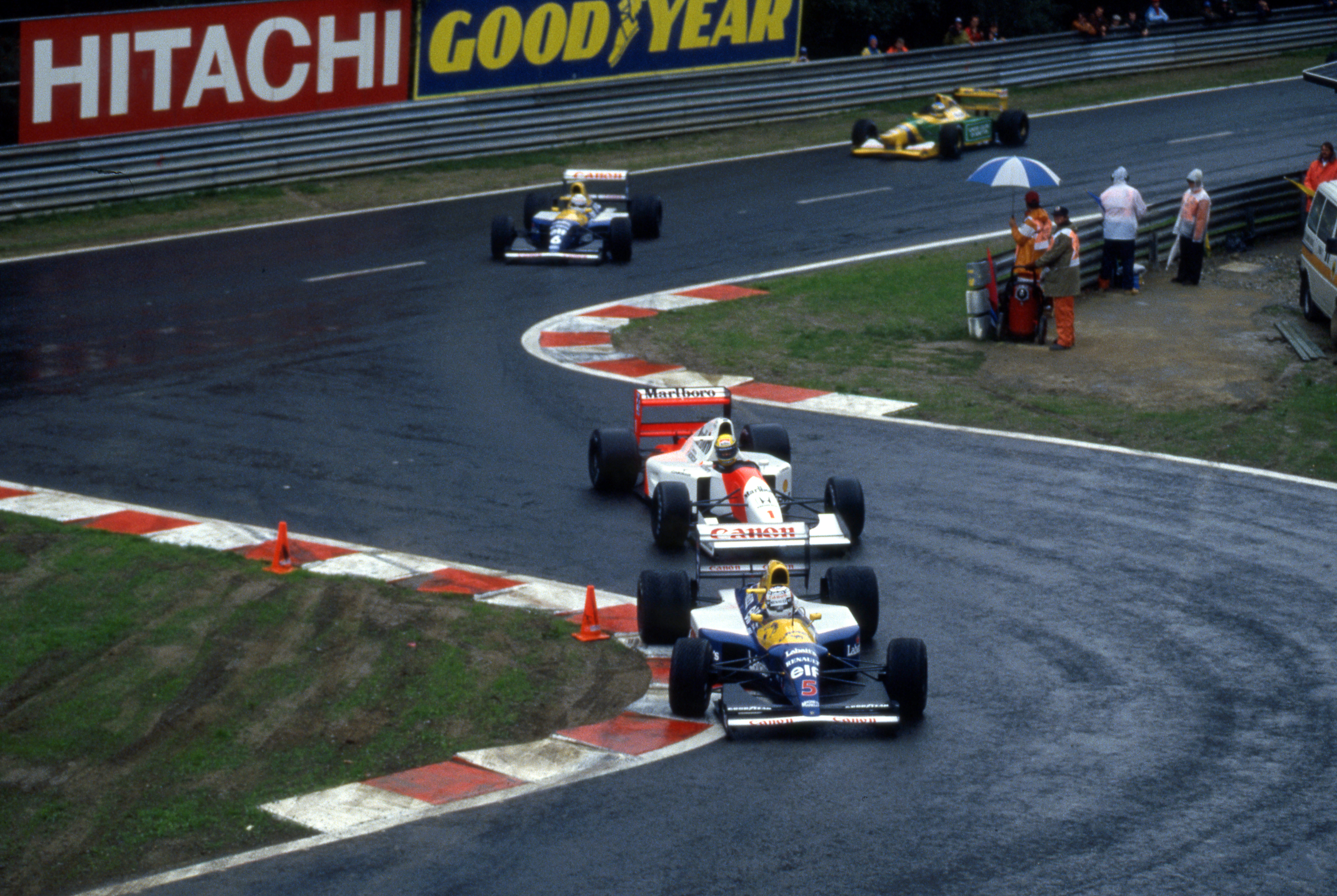
It’s certainly a question that the Williams team in its glory years used to ask. It was notoriously a lower payer than the rival McLaren outfit in the 1980s and 90s and preferred to invest the difference in its technology.
So the difference in salary between a good driver and a superstar is surely better spent on the car, isn’t it?
Well, let’s just look at the difference some of this year’s drivers might be making.
It would be a very finely-honed Mercedes vs Red Bull championship fight between Bottas and Verstappen
In the teams of Mercedes, Red Bull, Ferrari, Renault, AlphaTauri and Williams, there has been one very obvious leading performer. If we take each of those teams and make an imaginary season where their current second driver was actually their lead driver, supported by a weaker driver, it paints an interesting picture.
It’s an overly-simplistic exercise, of course, because if, say, Max Verstappen wasn’t at Red Bull, its other driver Alex Albon might still be outperformed by whoever Red Bull employed in Verstappen’s place. But it does give an idea of the impact a superstar driver can make.
Looking at each of those teams in turn, we get the following pictures:
Mercedes
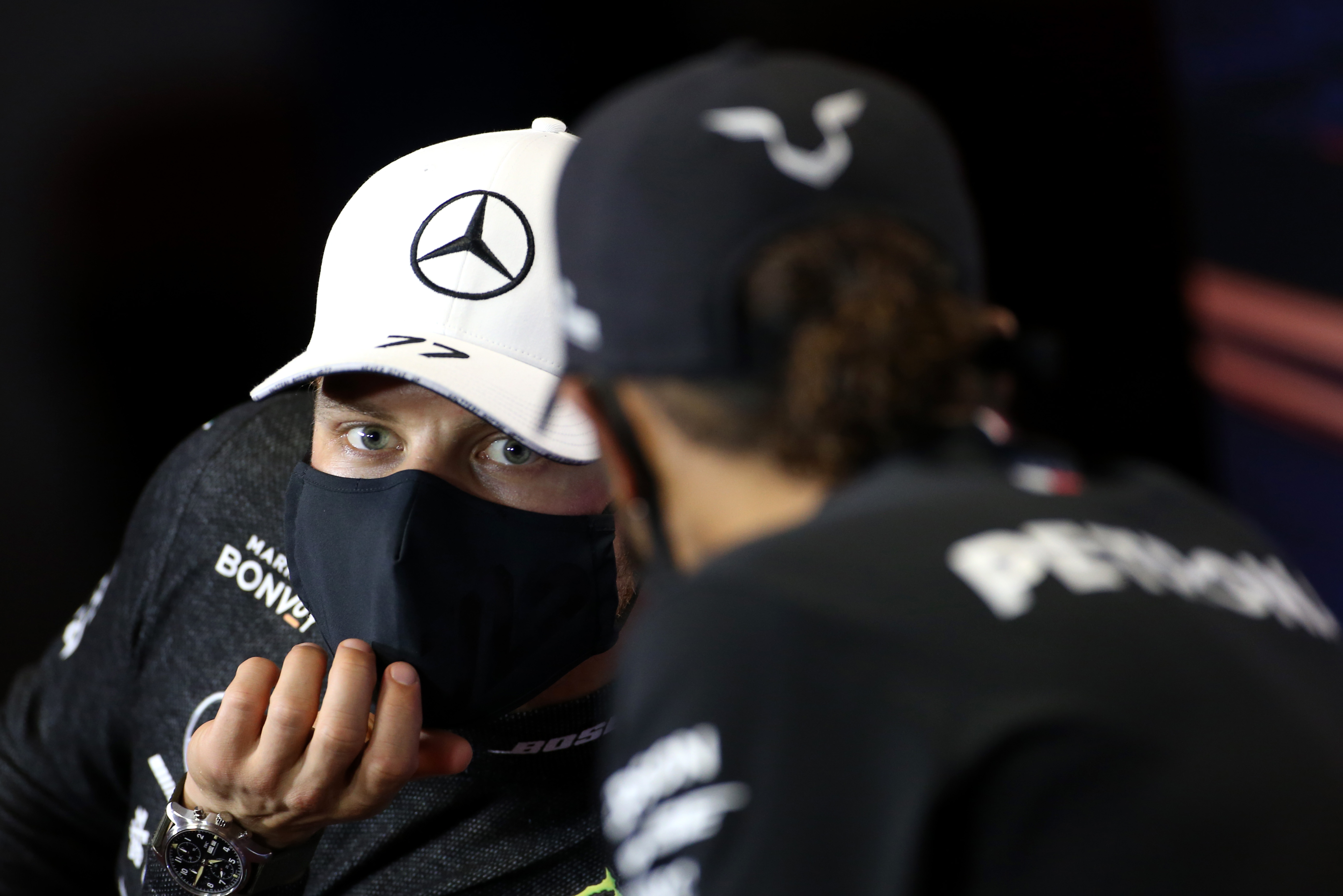
As things stand, this is a dominant season even by Mercedes’ own standards. It has won 10 of the 12 races to date and set pole position for every one of them.
But Lewis Hamilton has taken eight of the 10 victories and eight of the 12 poles. In our simplistic alternative reality where Hamilton perhaps ‘did a Rosberg’ at the end of last year and retired at short notice and his replacement fell short of Bottas’s performance, we have taken Bottas’s results and promoted him a place at every race where Hamilton has beaten him.
In that scenario, the winners of each race so far would be as follows:
Austrian GP Bottas
Styrian GP Bottas
Hungarian GP Verstappen
British GP Verstappen
70th Anniversary GP Verstappen
Spanish GP Verstappen
Belgian GP Bottas
Italian GP Gasly
Tuscan GP Bottas
Russian GP Bottas
Eifel GP Verstappen
Portuguese GP Bottas
It would be a very finely-honed championship fight between Bottas and Verstappen.
The Red Bull driver would be on five victories to the six of Bottas – and in Spain, after winning his fourth race in succession, Verstappen would have had a very healthy lead in the championship. Bottas would only latterly have retaken the points lead.
Bottas has qualified ahead of Verstappen 10 times to two, but the competition between them in the races has been far closer.

It can, of course, be argued that the Mercedes is much the faster car and that in this scenario Verstappen, as a superstar performer, must be punching above the Red Bull’s weight.
But if that’s the case, then it’s only Hamilton’s superstar performance that is maintaining the Mercedes superiority.
The difference in average qualifying lap time between Hamilton and Bottas this year is just 0.123s. Yet that difference completely undersells the reality. The reality is what the vastly bigger salary is largely based upon.
Red Bull
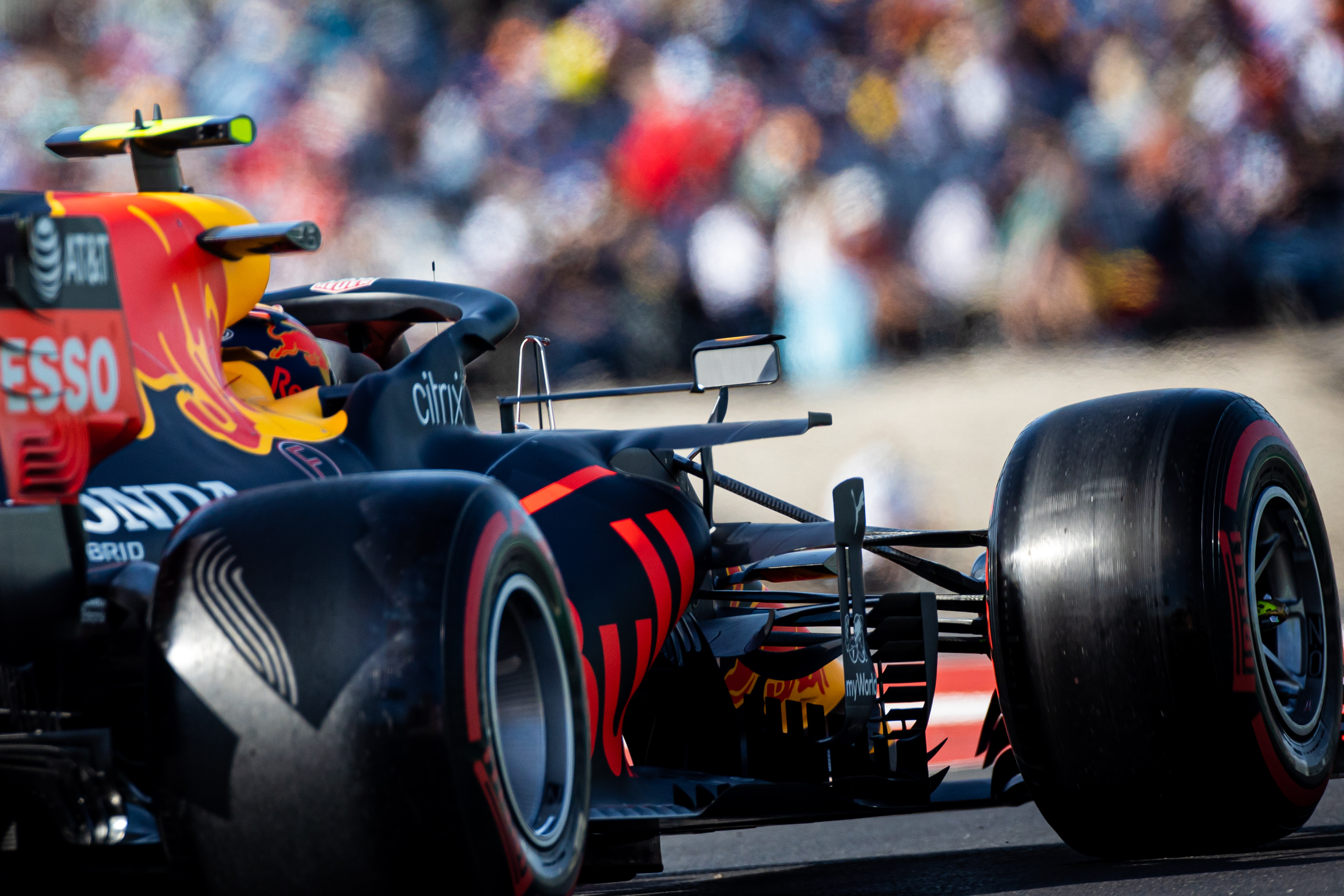
Now, let’s put Lewis back in the Mercedes and take Verstappen out of the Red Bull. Let’s make Albon the lead driver.
It’s more than likely that in such a situation, without being measured against Verstappen his confidence would surely be greater than it is, his direction with the car may well have given him something he can work with better than what he has.
But let’s just keep it simple and look at what his results would be if we remove Verstappen from them.
Red Bull’s current average best finishing position from those races where at least one car has finished is 2.22.
Take Verstappen out of the equation, boost Albon a position where Verstappen has finished ahead of him – and the average position becomes 5.88.
Red Bull’s actual average finishing position: 2.22
Without Verstappen: 5.88
This suggests that Red Bull would be just another ‘best of the rest’ contender with Albon as its lead.
Ferrari
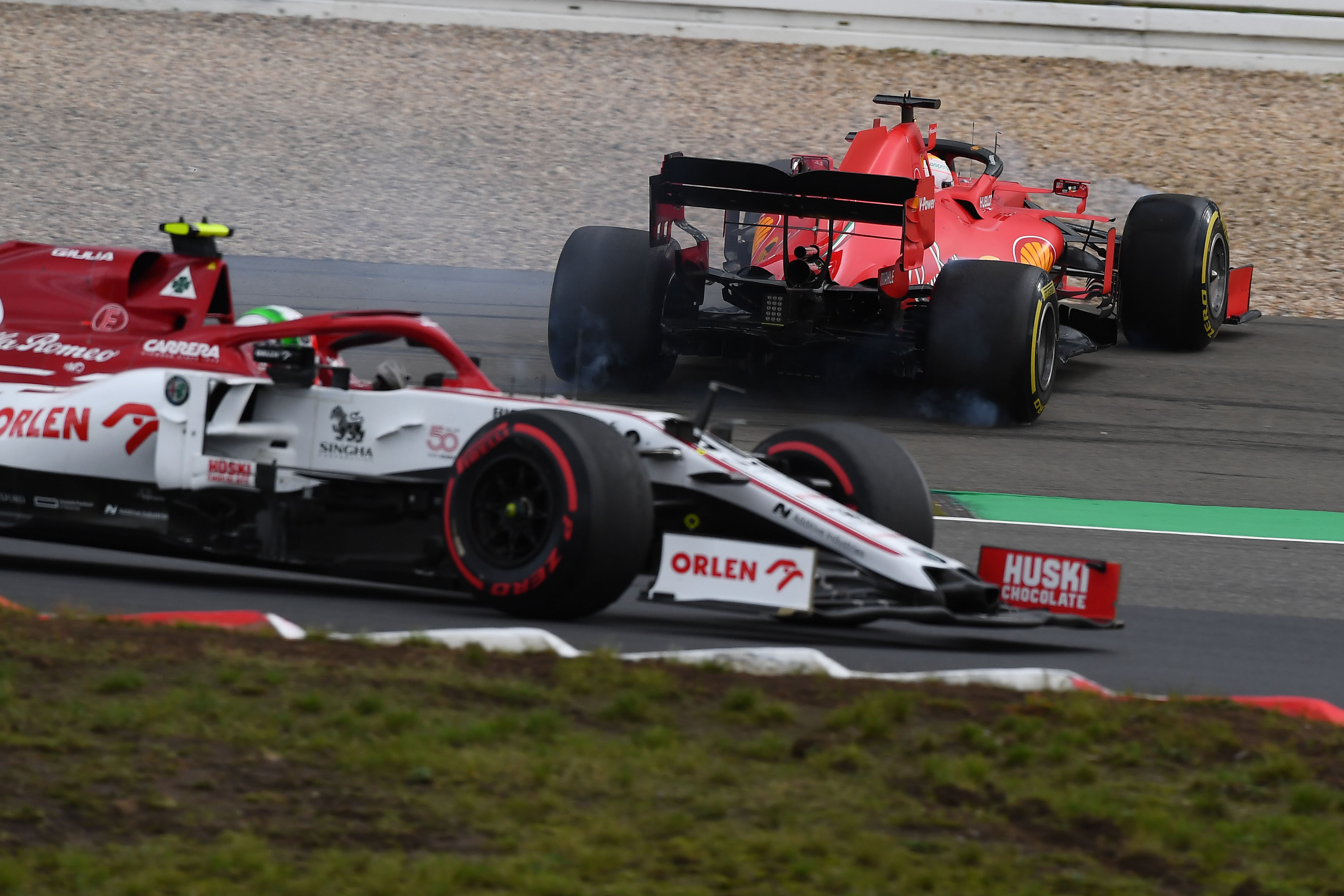
As at Red Bull, the second driver in this team – Sebastian Vettel – is obviously struggling.
But that is only being made evident by the performance level of the lead driver. Otherwise the deficit would just be laid at the door of the car.
Doing the same exercise as with Red Bull, we get the following:
Ferrari’s actual average finishing position: 5.22
Without Leclerc: 10.55
Renault
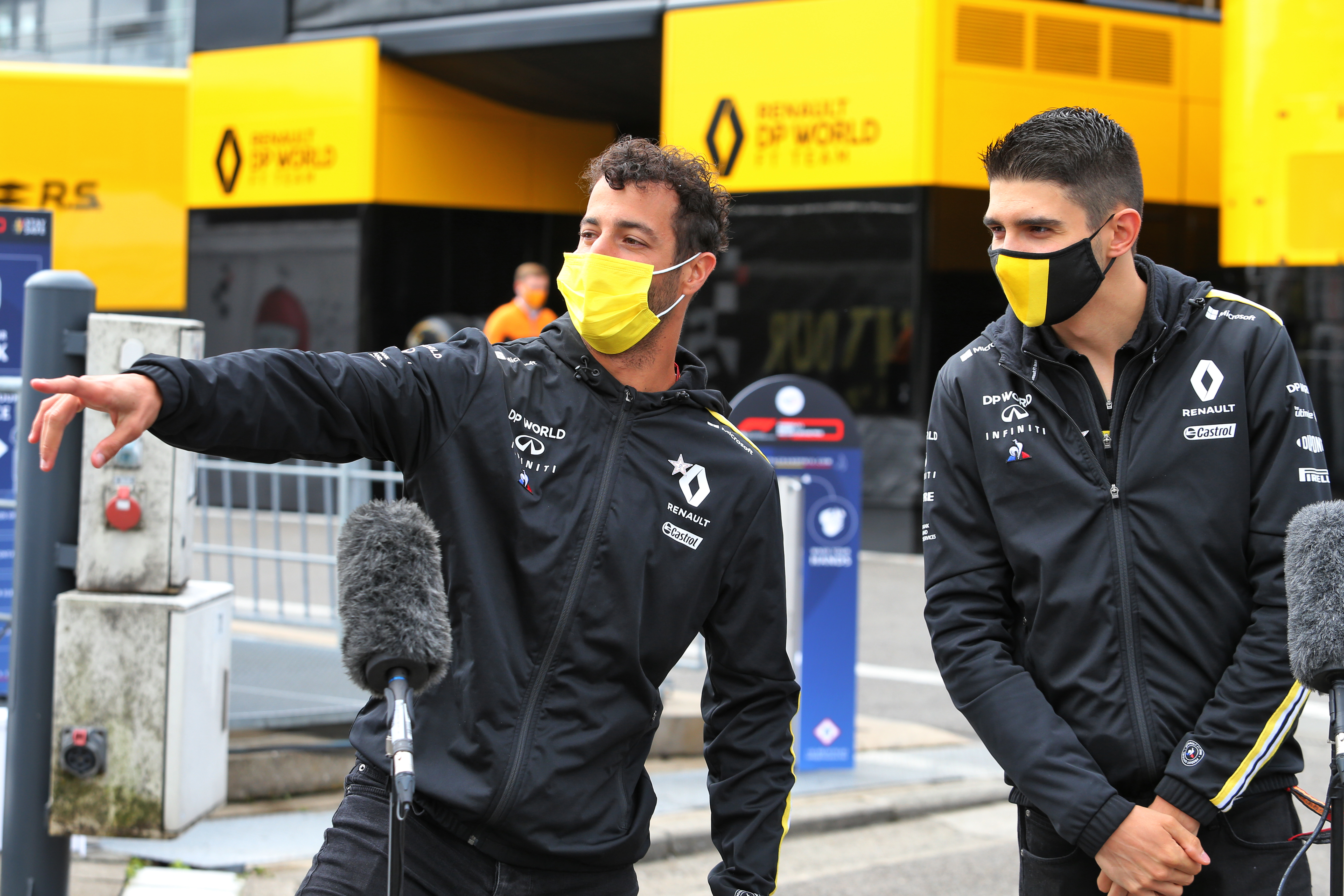
Daniel Ricciardo is performing to his usual super-high level, making Esteban Ocon’s return far more difficult than he probably imagined, having proven at least as quick as Sergio Perez in his previous seasons at Force India/Racing Point.
The difference is not as stark as at Red Bull and Ferrari, but is still highly significant.
Renault’s actual average finishing position: 6.00
Without Ricciardo: 7.88
AlphaTauri
Pierre Gasly stars pretty much every time he climbs into the AlphaTauri these days, something which has made Daniil Kvyat’s F1 future look bleak.
Here are the numbers in that comparison.
AlphaTauri’s actual average finishing position: 7.41
Without Gasly: 9.88
Williams
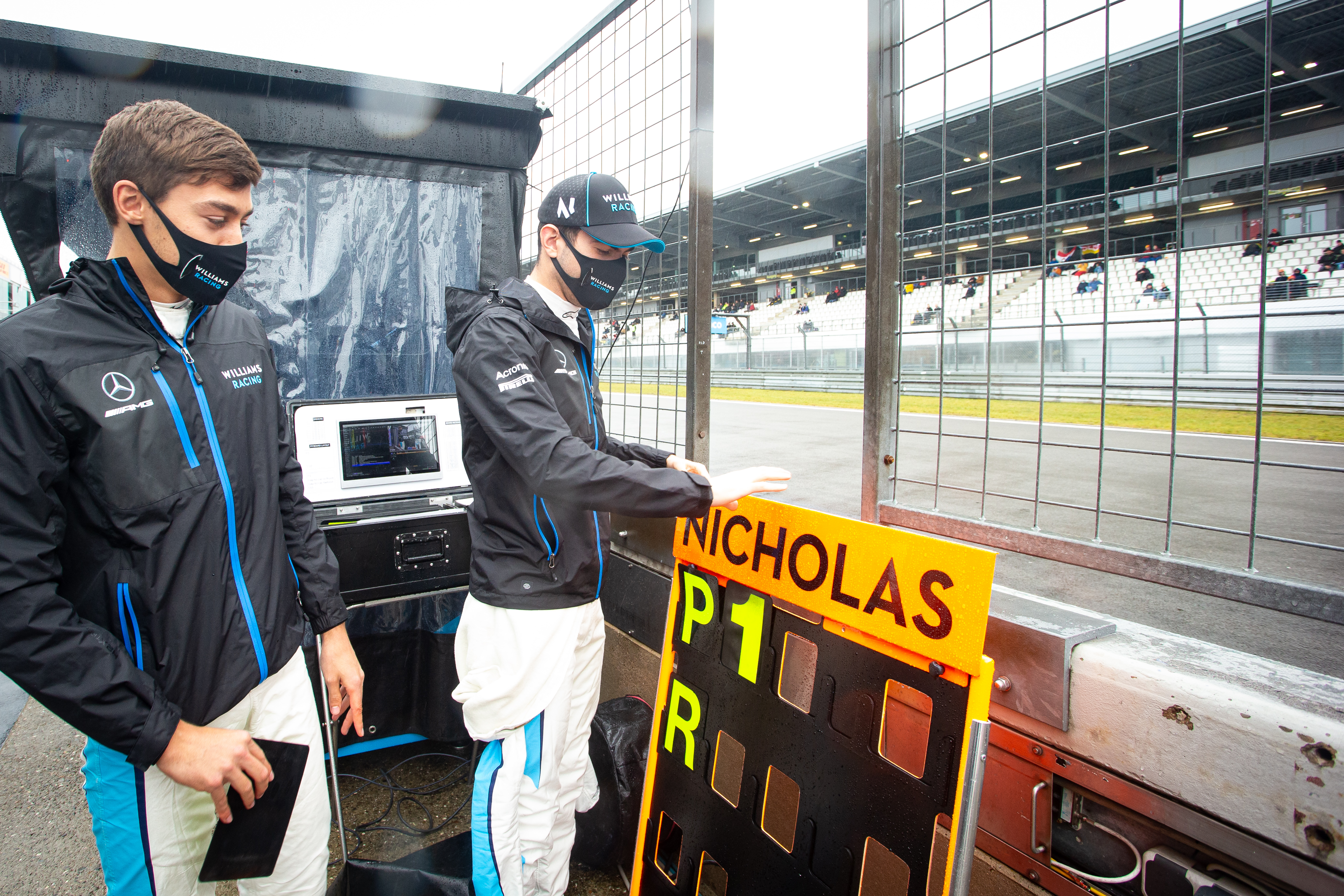
George Russell has yet to be outqualified by a team-mate in his F1 career.
Those team-mates have perhaps not been performing to as high a standard as many of those in faster cars, but it still means something.
Williams’s actual average finishing position: 14.8
Without Russell: 15.2
The driver pairings at Racing Point, McLaren, Alfa-Romeo and Haas are rather more closely-matched than the above examples. Logically, each of those teams either have two superstars or none.
Looking just as the six teams highlighted, Mercedes without Hamilton would be winning a close fight rather than dominating. Red Bull without Verstappen would be just part of the pack behind Mercedes.
Ferrari without Leclerc would be disastrous this year. Renault without Ricciardo would drop well behind Racing Point, McLaren and Ferrari rather than slugging it out with them.
AlphaTauri would be worse by a couple of potentially vital positions. Williams’s place towards the tail end of the pack mean that Russell’s contribution isn’t buying it as much as it would be if the car was just a little faster.
A simplistic analysis, yes, and one in which many of the required assumptions wouldn’t necessarily hold.
But it does illustrate that even the tiniest edge in outright pace for a driver can and does impact heavily upon a team’s fortunes. It’s that last tenth of a second that makes such a driver so valuable.
Qualifying pace difference between team-mates*
Williams – Russell quicker than Latifi by average of 0.555s
Red Bull – Verstappen quicker than Albon by 0.535s
Ferrari – Leclerc quicker than Vettel by 0.400s
Red Bull – Ricciardo quicker than Ocon by 0.266s
AlphaTauri – Gasly quicker than Kvyat by 0.210s
Mercedes – Hamilton quicker than Bottas by 0.123s
Racing Point – Perez quicker than Stroll by 0.119s
McLaren – Sainz quicker than Norris by 0.108s
Alfa Romeo – Raikkonen quicker than Giovinazzi by 0.022s
Haas – Grosjean quicker than Magnussen by 0.019s
* Only counts those races in which a direct and fair comparison has been possible





